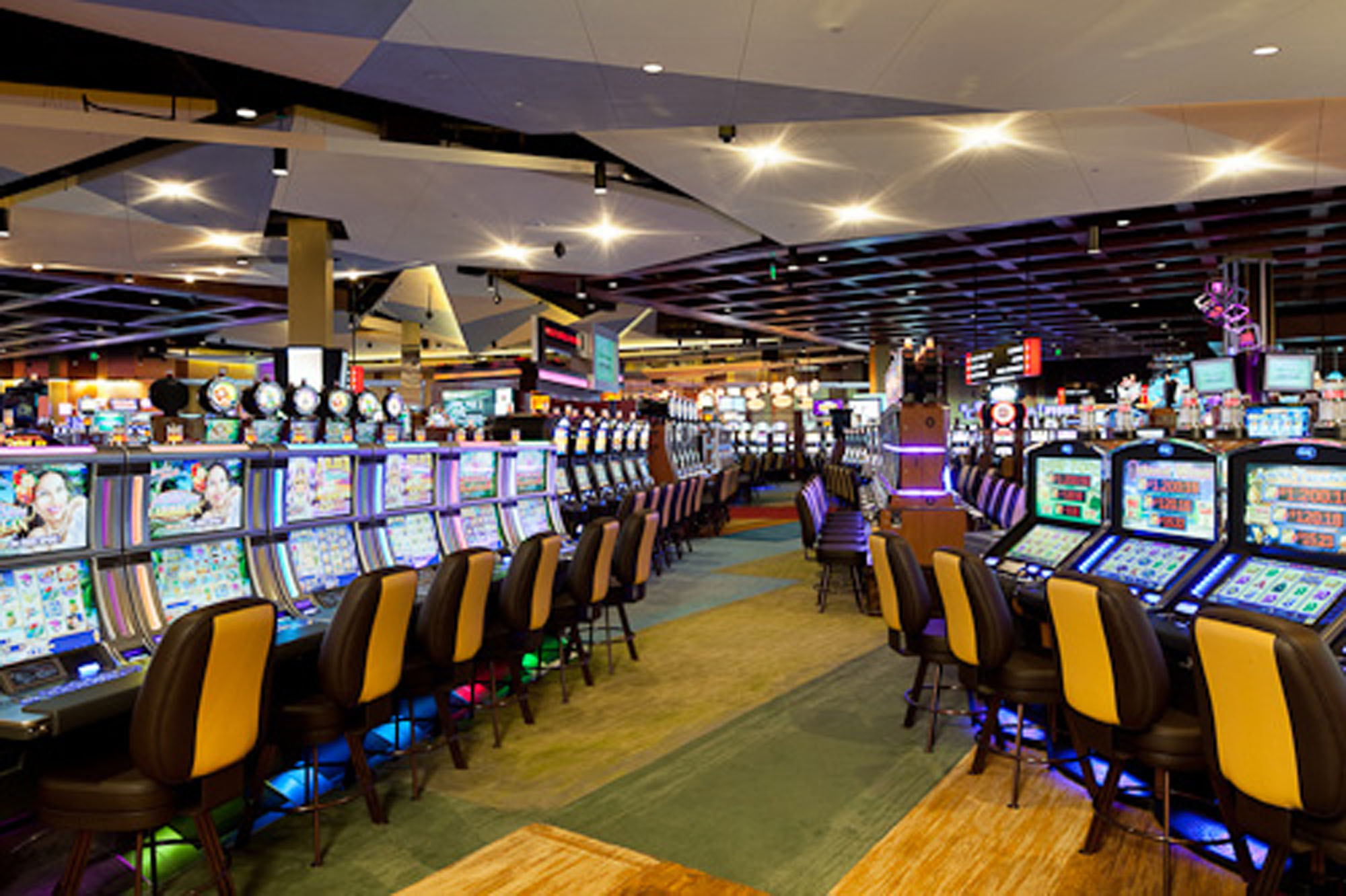
Casino games have captivated for years a diverse audience, delivering not only the thrill of chance but also a distinct experience crafted for various types of players. Ranging from analytical thinkers who excel at strategic thinking to more casual gamers seeking entertainment, casinos understand the details of their audience and design games that meet these diverse preferences.
In delving into the universe of casino gaming, we encounter a rich tapestry of choices that appeal to every kind of player. Poker tables with high stakes draw those who are competitive, while vibrant slot machines attract players who seek quick rewards. Whether it’s the lure of winning large or simply enjoying the social environment, casinos design their game offerings to ensure that everyone finds a spot where they feel comfortable and engaged. Comprehending how these games cater to various player types can enhance not only our enjoyment of them but also our approach to choosing which games to play.
Understanding Player Groups
In the multifaceted world of casino entertainment, participants can be classified into separate categories based on their incentives and choices. These gamer kinds range from the casual and community-oriented gamers, who enjoy the enjoyment value and community connections that gambling provides, to the more strategic and analytical players, who seek to increase their chances and profits. Comprehending these different categories is essential for casinos to adapt their services and build immersive settings.
One frequent type is the communal player, who sees casino games as a form of community interaction and fun rather than a solemn gambling endeavor. These players often enjoy games that encourage participation and friendship, such as blackjack. Their focus is on the process rather than the result, so lively environments and shared moments are what they value the most.
On the contrary end of the spectrum, strategic players are driven by contest and the quest of skill. They tend to be drawn toward games that demand tactical planning and strategy, such as strategic card games, where their abilities can influence the result. This category often interacts with the games on a deeper level, utilizing insight and approaches to achieve an edge. Grasping these drives allows casinos to design atmospheres and game selections that address to each player’s individual choices.
Strategies for Game Design
Gambling games are designed with diverse player types in mind, employing multiple strategies to attract and engage them. For recreational players, the focus is on ease and ease of understanding. Games like slots are often visually appealing with simple mechanics. This allows players to experience the gameplay without a difficult learning curve, creating an welcoming atmosphere. The bright colors, catchy sounds, and thematic elements create a playful environment where players can quickly get immersed and entertained.
For strategic players who enjoy a deeper level of engagement, games such as poker and 21 offer depth and strategic elements. These games feature strategy and decision-making, appealing to players who excel on competition and want to exercise their cognitive abilities. The design of these games regularly includes intricate rules and mechanics that challenge players to refine their skills and develop strategies over time, creating a rewarding experience for those who appreciate mastering the game.
Additionally, community-oriented players are considered through games that highlight engagement and community. This includes live casino options and multiplayer games, which cultivate a sense of community among players. The design of these games often incorporates communication tools and social elements, allowing players to connect and exchange insights. By building an environment where interaction is promoted, casinos can effectively engage community players, making the gaming adventure more pleasurable and memorable.
Improving Player Experience
Gambling options have progressed notably to offer a significantly entertaining atmosphere for gamers. Game designers focus on high-quality images, immersive soundscapes, and creative gameplay features that pull players into the gaming space. https://ga179.design/ By utilizing tech, such as immersive technology and AR, gaming establishments ensure that gamers feel as if they are part of a dynamic experience, enhancing not just the enjoyment of the activities but also the entire enjoyment of being in a casino.
Social interaction is another critical factor in improving player satisfaction in casino games. Several options are designed to promote interaction among players, whether through team play or social tools. This community feature appeals to participants who appreciate interacting with other participants while engaging, fostering a sense of community. In addition, community aspects can feature leaderboards, competitions, and rewards for cooperative play, which engage ambitious players and encourage them to revisit for additional.
In conclusion, tailoring plays a crucial role in customizing the engagement for various gamer demographics. Gaming establishments and title creators examine player behavior and likes to present tailored game options and rewards. By comprehending the unique interests of players, casinos can present customized deals, bonuses, and new game releases that appeal to each participant, thus improving their overall satisfaction and loyalty to the casino.
